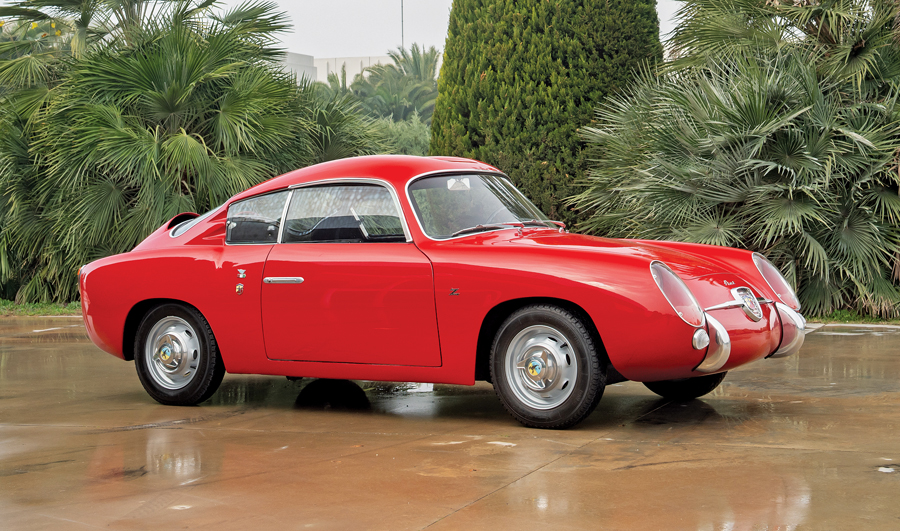Offered here is an early-production Series III 750 GT. While the first owner is not known, the car was in the hands of Harris J. Sobin by the early 1970s. Sobin, an architect and University of Arizona professor, displayed the Abarth at the Pebble Beach Concours d’Elegance in 1992. Dissatisfied with not winning a prize, he commissioned a complete restoration, spending years gathering parts and information from sources in Italy.
This car has a correct 750 GT engine, with high-compression Abarth pistons and a stronger, upgraded, mild competition Nardi crankshaft. Breathing through the rare original air filter, the correct Weber 32 carburetor sits on an Abarth intake manifold. Following the restoration’s completion, this Abarth was shown at the 2011 Palo Alto Concours, winning a class award, and then displayed at the invitation-only Carmel-by-the-Sea Concours on the Avenue and The Quail: A Motorsports Gathering during August 2011.

